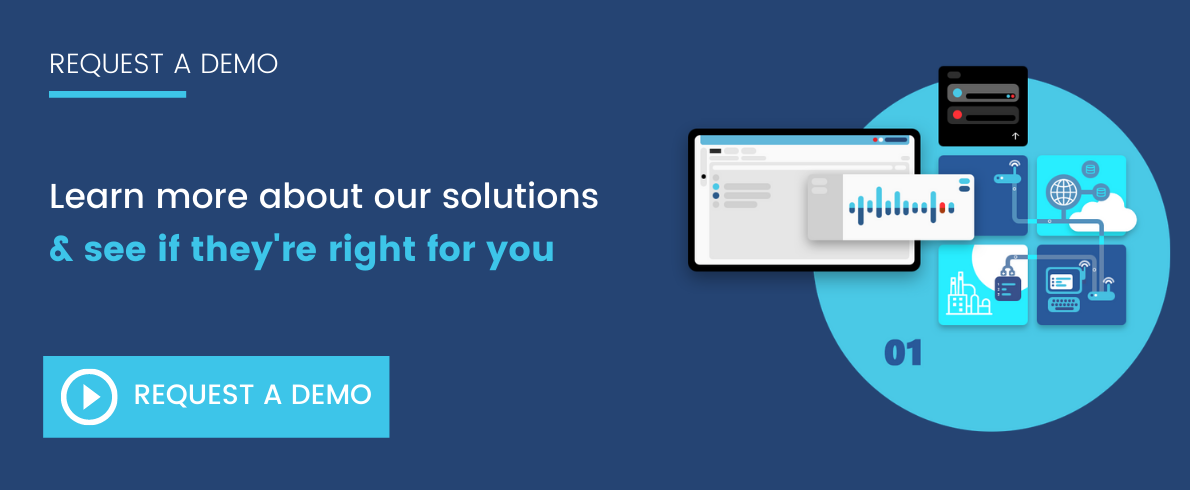These are hypothetical questions that executives should continuously ask, which cover issues such as:
- What should we do if the price of energy skyrockets?
- What if legislation passes regulations that make production more expensive?
- How do we maximize profits in the face of economic uncertainty?
Using a technique known as scenario analysis, organizations can determine the best-case and worst-case scenarios to anticipate unexpected economic, geopolitical and technological challenges and plan accordingly.
Scenario analysis is not new; Shell Oil Company has been doing it since the 1970s. What has changed is the availability of computer simulation software that allows companies to model their environment and evaluate potential outcomes in a fraction of the time needed in manual scenario analyses.
What Is Scenario Analysis?
Scenario analysis is primarily used to evaluate the pros and cons of organizational decisions. Initially, a base case scenario is prepared that uses current, commonly accepted assumptions about the future. Thereafter, two alternative scenarios are prepared, a best-case scenario and a worst-case scenario.
The best-case scenario considers what will happen if everything goes the organization’s way, while the worst-case scenario considers the negative impact of factors that depreciate returns, such as an economic recession, higher interest rates, global disruption and poor sales.

Why Organizations Need Scenario Analysis
Technology has created rapid change in customer demands, demographics and the way businesses operate. The market is competitive and an ever-changing environment.
Scenario analysis allows organizations to evaluate the impact unexpected changes in the business environment will have on investment and other decisions. It helps them test the robustness of future decisions to understand the potential impact of unexpected influences and identify potential opportunities and threats.
The ability to test decisions
Managers advocating organizational investment are naturally optimistic regarding the outcomes of their proposals. The problem is that research shows most don’t thoroughly evaluate all potential outcomes and, consequently, many decisions don’t achieve the benefits initially predicted.
Scenario analysis allows organizations to test these proposals and evaluate how decisions will stand up when things don’t turn out as expected. It evaluates the best and worst possible outcomes, offering a better understanding of how robust decisions will be when implemented.
Understand the potential impact of external influences
By identifying external factors that affect decisions, it’s possible to evaluate how they will affect projected profitability and return. More importantly, by identifying potential changes in the economy and environment, it’s possible to modify the decision to take these influences into account.
Identify potential threats and opportunities
By identifying potential threats, organizations can change the scope of their decisions to minimize the impact of potential threats. For example, it helped Shell anticipate the 1973 energy crisis and the oil collapse in 1986, as well as take pre-emptive action to mitigate their impacts. Scenario analysis also identifies possible business opportunities, allowing companies to capitalize on them.
Scenario Analysis versus Sensitivity Analysis
Scenario analysis and sensitivity analysis share many similarities, but it’s important to appreciate their differences.
In sensitivity analysis, the analyst considers the impact of varying variables, one by one. For example, the analysis may consider the impact of the dollar-pound exchange rate on an investment decision, while all other inputs remain fixed. In this way, it’s possible to isolate the impact of a single variable.
Scenario analysis considers the effects of changing all variables at the same time. In a worst-case scenario, it’s assumed that every variable changes negatively, and in the best-case scenario, the potential benefit of variables moving in a positive direction.
Scenario analysis allows businesses to determine:
- The overall impact of negative and positive changes
- What may happen in a “perfect storm,” such as a major recession
- The viability of major projects

Key Steps for Performing Scenario Analysis
Now that we know more about scenario analysis, let’s look at the steps you need to take to perform a scenario analysis.
Define the problem
First, you need to define the problem you want to tackle, including time frame, scope and decision variables. The scale of the organization’s plans drives the first step and what scenarios they want to run.
For example, a global manufacturer might want to know what the retail industry will be like in five years and determine answers to questions such as:
- How will omni channel purchasing disrupt distribution channels?
- Will manufacturers supply consumers directly or through distributors?
- The impact of additional competition
Create a list of variables
In this next step, the organization needs to create a list of known and unknown variables that could affect their organization. Known variables, such as unit pricing, sales volumes and margins, are collected from historical data sets. Unknown variables would include the impact of trade disputes, higher tariffs, a weaker dollar and possible recessions.
Run a what-if analysis
Having identified as many variables as possible, the organization would then run a what-if scenario analysis to evaluate the worst-case and best-case scenarios and establish their impacts on the business. This is where the difference between scenario analysis and sensitivity analysis becomes apparent because it evaluates the impact of changing all variables at one time, rather than each individually.
Evaluate options and determine probabilities.
Having determined the best- and worst-case scenarios, these are incorporated into the organization’s planning. A further step could be to determine the sensitivity of various inputs to better understand the impact of individual variables on the overall scenario.
Drawbacks of Conventional Scenario Analysis
While there’s no doubting the benefits of a properly developed scenario analysis, there are several drawbacks to the traditional process developed by Shell and as implemented in numerous organizations.
Time
It takes a considerable amount of time and resources to perform a scenario analysis, as the process must include a good cross section of the organization. Invariably, numerous meetings and workshops are required to identify and achieve consensus on variables, evaluate options and develop different scenarios.
Cost
Manual scenario analysis processes are costly, a fact that caused Shell to consider shutting down its scenario planning team on several occasions.
Accuracy
It’s difficult to accurately determine the numerical and financial value of variables, even those that are known, especially because, in many instances, variables have fixed and flexible components dependent on time.
These and other constraints led many organizations to adopt various forms of computerized scenario planning solutions.
Scenario Analysis Tools
Although most organizations have excellent business management software from vendors such as SAP, Oracle and others, these are primarily focused on managing the business on a day-to-day basis. While they supply core data required for scenario analysis, none are configured to perform such analysis, even though some may incorporate limited sensitivity analysis tools.

Consequently, most businesses resort to performing their scenario analysis in Excel. While Excel has powerful tools for conducting scenario what-ifs, its ability to analyze scenarios is somewhat limited by factors such as a cumbersome method for adjusting variables along with a limited capacity to handle large numbers of variables.
Consequently, many organizations turned to advanced analytical modeling solutions that offer the ability to handle large data sets while providing greater control over the scenario analysis process.
Taking the Guesswork Out of Scenario Analysis with Modeling Tools
Mathematical business modeling combined with advanced prescriptive analytics allows users to accurately model the effects of various variables on their business. Using built-in what-if capabilities, these tools allow organizations to accurately determine the outcomes of best- and worst-case scenarios. Other advantages usually include the ability to seamlessly access data, calculate real variable costings, evaluate constraints and simulate multiple scenarios.
Although still requiring a significant time commitment to develop and validate business models, leading prescriptive analytical solutions simplify programming by offer intuitive drag-and-drop modeling techniques that do away with the need for hard coding. Additionally, next generation scenario analysis tools perform the heavy lifting capability to calculate the overall impact of various scenarios.
Simplifying Scenario Analysis with Prescriptive Analytics
Running scenario analysis using a prescriptive analytics platform allows organizations to move beyond the limited capabilities of Excel. Benefits of a prescriptive analytics platform include:
- Ability to access organizational data, avoiding the need for manual uploads
- Capability to analyze complex scenarios
- Capacity to handle an almost unlimited number of variables
- Inclusion of constraints and trade-offs
Various prescriptive analytics alternatives exist for creating models and running scenarios. These include hard-coded software solutions as well as others that have simple drag-and-drop modeling capabilities. While hard-coded solutions are powerful, highly qualified data scientist are needed to set up and code solutions, frequently resulting in a black box phenomenon that few people understand. On the other hand, adaptable prescriptive analytics platforms based on drag-and-drop modeling, such as River Logic’s Enterprise Optimizer™, overcome these limitations and allow executives to directly use scenario analysis to determine opportunities and threats, and to make data-driven decisions to gain a competitive advantage.







